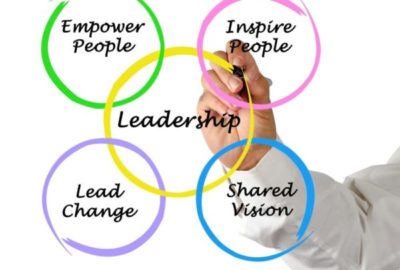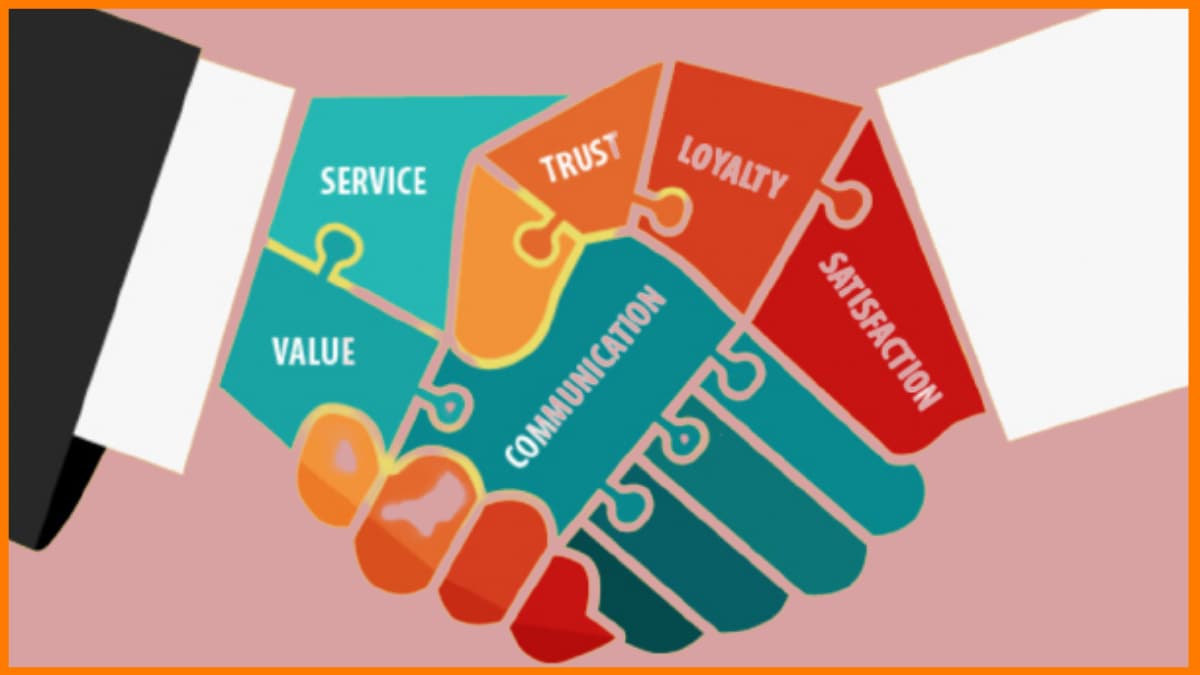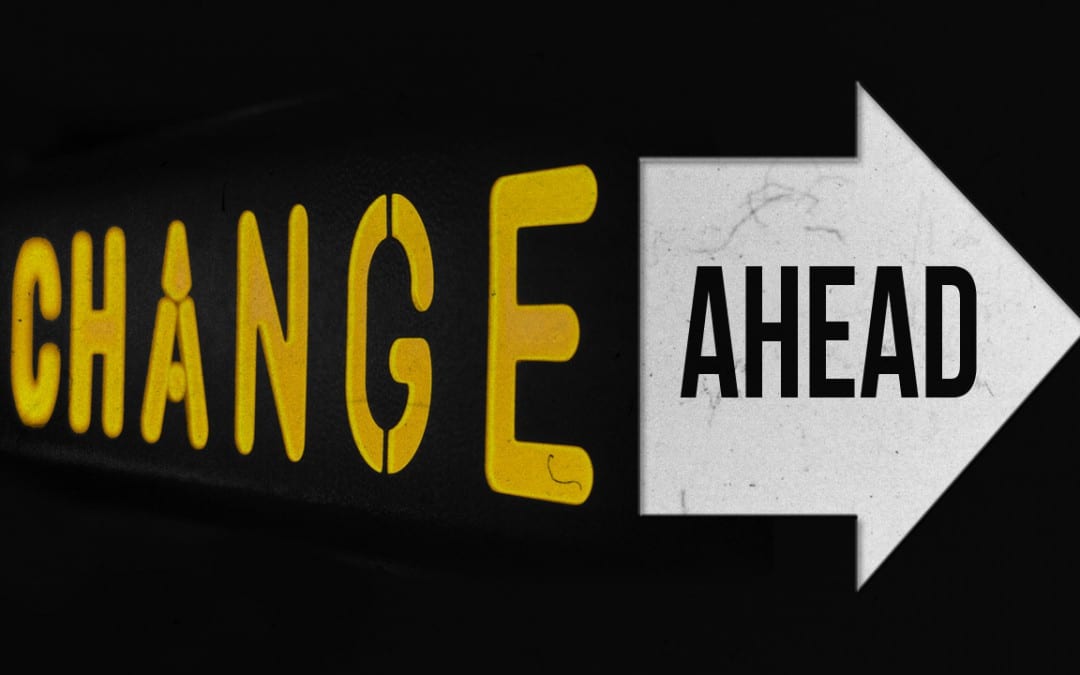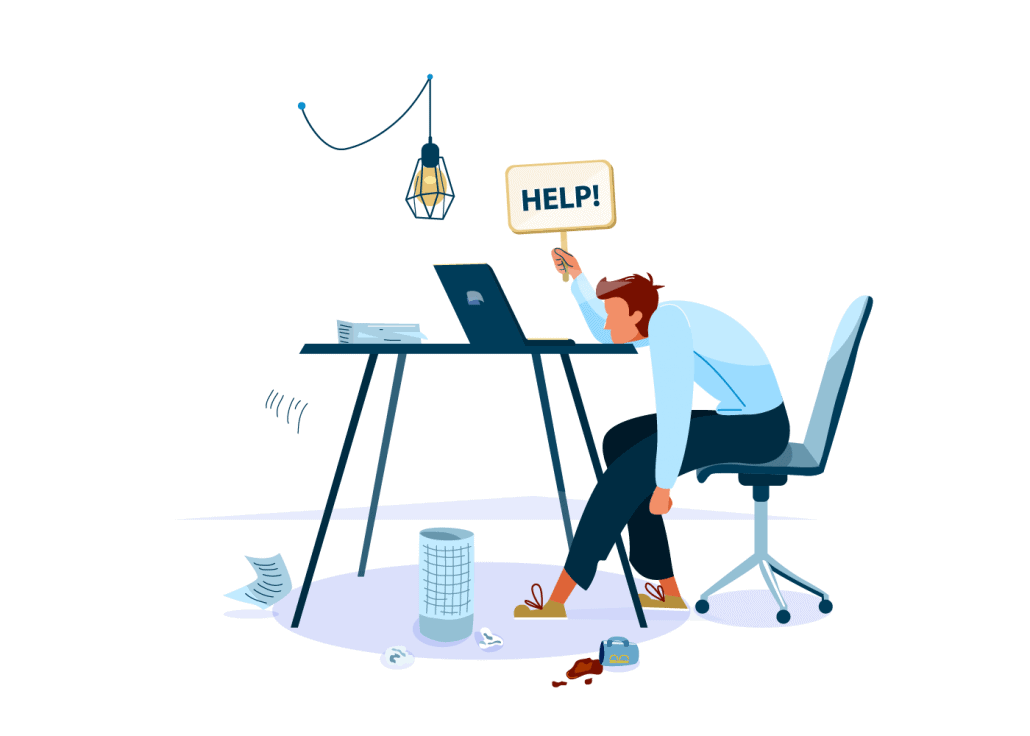
Whether you are new to a leadership role or have been in one for many years, finding the right tone and balance with your team is crucial. Sometimes you might have been leading the same team of people for a long time. Other times you might have more change in the team. Whatever the situation, it is important to be able to assess each person’s abilities and motivation, and balance that with your own and the pressures of delivering on achievable goals.
This blog looks at three key areas for leaders to consider improving engagement with their employees.
1 on 1
Far too often, 1 on 1 meetings are viewed as a waste of time. Something to get through that doesn’t really contribute anything meaningful to the organization. 67% of employees feel like meetings inhibit their ability to get on with being productive at work.
As a manager and a leader, it is your responsibility to come to 1 to 1 meetings prepared to engage and get the most from your employee. Use this valuable time wisely eg avoid giving organizational updates that could be sent en masse in an email or given in a group huddle.
Also remember to respect your employees and that it is not their responsibility to manage your time. Setting up meetings that you frequently rearrange or cancel at the last minute due to other ‘priorities’ will send your employee engagement plummeting. If employees don’t feel like their time is being valued, they will disengage.
Word of mouth spreads quickly in any organization. If your employees feel like their time is being wasted in these meetings, be sure that everyone else will rapidly hear about it. On the positive side, the news of productive meetings will also spread fast.
Leading with the right questions
Knowing what questions to ask members of a new team can be a challenge. As Stephanie Perkins says, “You only have one chance to make a first impression.” These early experiences
will often set the tone for your team’s perception about the kind of leader you are going to be. When you are in a one-to-one conversation with an employee you can be business-like and make it personal at the same time. You and the employee are both performing roles for the organization… and you are both people.
A critical mistake that is often made is trying to give the employee too much time to share their views and opinions, out of a desire to be a good listener. This can put pressure on the employee and result in them talking for the sake of it and in different directions. As a leader, you can lead the conversation with questions that are designed to get the most from the interaction.
If you are coming to a new organization or team, here are some general work-focused questions you can consider beginning with:
What brought you to this organization?
More importantly what is your best hope for working here?
In your opinion, what do we need to start doing here?
What do we need to stop doing?
What is important that we continue to do?
What one change would improve the customer experience most?
What one change would make this a better place for people to work at?
What are you most proud of about working here?
What irritates you about working here?
The most important way you can build engagement is by showing your employees that you trust their knowledge, experience, and opinion.
The Value of listening
Once you know the right questions to ask, it becomes a matter of practicing truly concentrated listening. Managers often get stuck on the first level of active listening. Have you been in a 1 to 1 meeting, that feels like you are talking to a parrot? The other person just repeats back what you are saying. Repetition shows that you have been heard, but that doesn’t mean the person you are talking to has really listened.
If you want to engage your employees into deeper and more meaningful conversations, you must show them you fully understand what they are trying to say to you. Take what they have told you and reflect it back them in your own words. Show them how you understand what they have said and make sure your way of understanding it, is in line with what they were trying to express.
Self-expression is complicated. Youmight feel like you are the best explainer on the planet and yet someone else might not understand what you are explaining. There is no harm in being sure that what has been said is what was actually meant.
This applies even if you don’t agree with what you are hearing. The goal is to build a trusting relationship that is more likely to keep your employees engaged and willing to share their views and opinions with you.
By actively listening, employees will trust that they can bring issues to you while they are still small. This can be so much more beneficial than employees holding off until it is a big problem before being able to count on your attention.
SERVICEBRAND
At SERVICEBRAND GLOBAL, we believe in the power of values-driven employee engagement to improve retention, productivity, loyalty, and advocacy. We help managers and leaders appreciate the value of listening to and understanding what their employees have to say. Too often businesses fail because of a poor attitude to the importance of having employees engaged, motivated, and directed towards achieving your organization’s mission or purpose.
If you feel like you are struggling to connect with your team, or your employees, we can help you create effective planning strategies to greatly improve the way you interact with them. This can only have positive and beneficial results!










